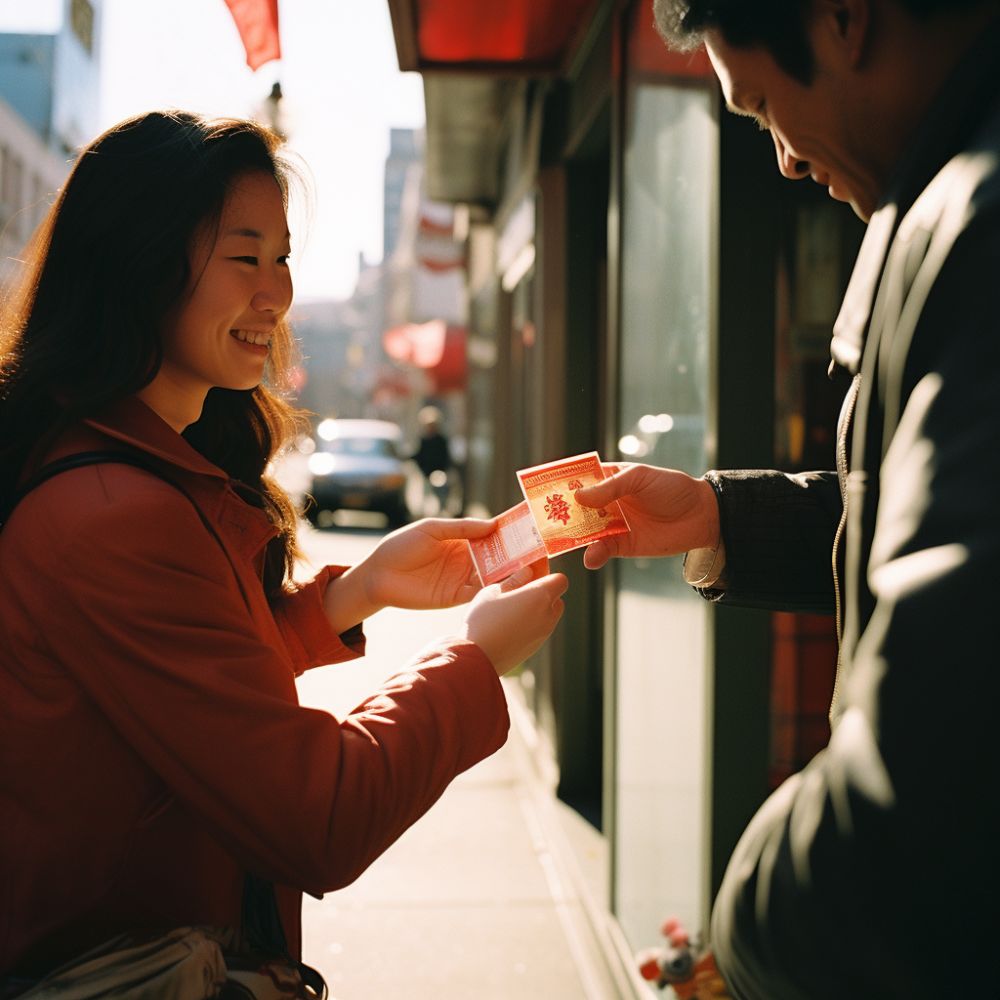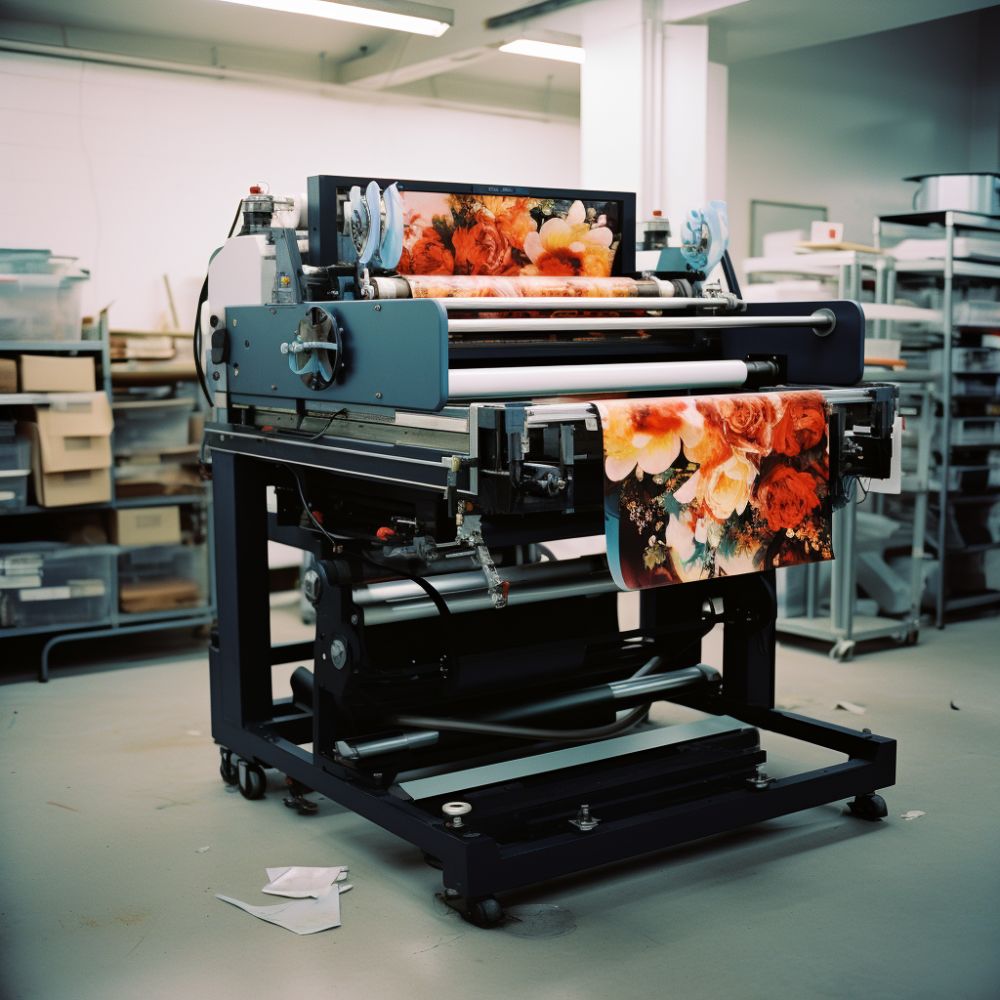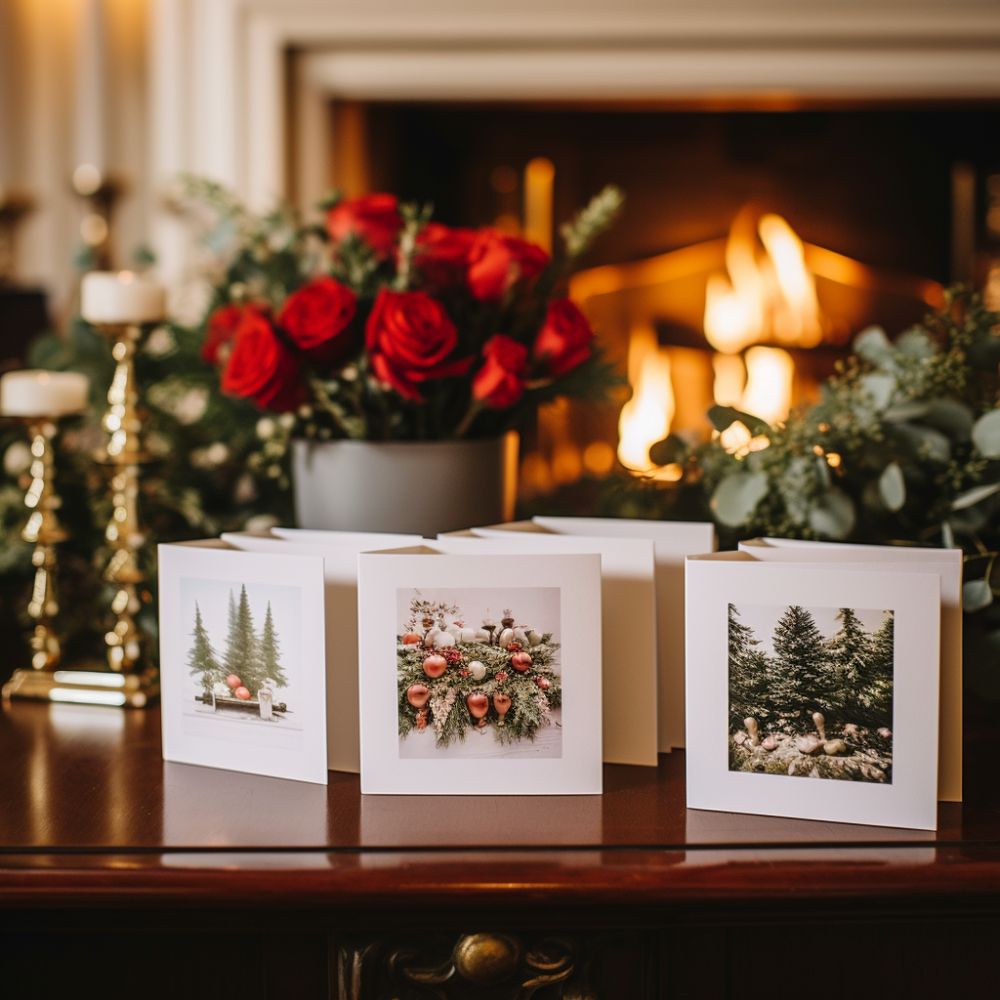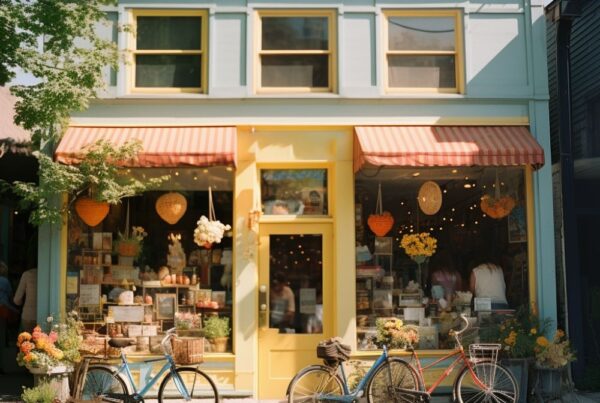In today’s world, greeting cards are a ubiquitous part of celebrations, special occasions, and even everyday communication. From wishing someone a happy birthday to sending condolences, these small pieces of illustrated cardstock serve as tangible expressions of human emotion. But have you ever paused to consider the origins of this global phenomenon? The history of the greeting card is both rich and fascinating, tracing back to ancient civilizations and adapting over time to encompass modern technological advancements. This article aims to provide an enlightening tour of this journey, from the earliest forms of greeting exchanges to the digital formats that exist today.
The Ancient Beginnings
Early Forms of Greeting Cards
Long before paper was invented, ancient civilizations had their ways of exchanging messages of goodwill and fortune. The Egyptians, for instance, used papyrus scrolls to send their greetings. Similarly, the Chinese exchanged messages of goodwill during the New Year, often inscribed on pieces of bamboo or bone. These ancient practices laid the foundations for what would eventually evolve into the modern greeting card.
Middle Ages and the Rise of Paper
The introduction of paper greatly influenced how people communicated. By the time of the Middle Ages, Europeans began to exchange handmade paper cards for various occasions. These cards were often ornate, hand-painted pieces of art, reserved for the elite due to the costs associated with their production.
Renaissance Contributions
As the Renaissance ushered in a period of cultural and artistic growth, greeting cards too became more sophisticated. Advances in printing technology allowed for engraved and etched designs, making these cards more accessible to the middle class. Also, the sentiments conveyed in the cards became more varied, reflecting a broader range of human experiences and emotions.

Artistic impression of traditional Chinese New Year envelope exchange
The Industrial Revolution and Mass Production
The Birth of Commercial Cards
The Industrial Revolution was a game-changer in the world of greeting cards. The advent of lithography—a printing method allowing for mass production—meant that cards could now be produced on a large scale. This was the beginning of commercial greeting cards. Companies like Hallmark began to emerge, offering a wide variety of cards for all sorts of occasions, making it easier for the public to express their sentiments without the need for crafting their own cards.
The Role of the Postal Service
Another crucial development during this time was the improvement in postal services. The introduction of the “Penny Post” in the United Kingdom, for example, made it affordable for the general public to send cards and letters. This led to a surge in the popularity of greeting cards, as they became a mainstream method of communication, used to celebrate holidays, anniversaries, and other significant life events.
By the end of the 19th century, the greeting card had cemented itself as a staple of Western culture. With the infrastructure for mass production and distribution now firmly in place, the stage was set for the next phase in the evolution of the greeting card: the introduction of cultural and seasonal variants.

Artistic impression of commercial printer
Cultural and Seasonal Variants
Christmas Cards
Perhaps no other occasion has popularized the greeting card as much as Christmas. The tradition of sending Christmas cards is said to have originated in the United Kingdom in 1843, when Sir Henry Cole, a civil servant, commissioned artist John Callcott Horsley to design a card with a festive message. Fast forward to today, and Christmas cards have become a worldwide phenomenon, with billions being sent and received every year.
Other Holiday and Occasion Cards
While Christmas cards might dominate the market, other occasions have their own special cards as well. Valentine’s Day, Mother’s Day, and anniversaries are just a few examples. Cultural nuances also play a part, as different countries and traditions have unique cards for events like Diwali, Hanukkah, or Chinese New Year. These specialised cards cater to diverse consumer needs, broadening the scope and appeal of the greeting card market.

Artistic impression of Christmas greeting cards
The Digital Revolution
E-Cards and Digital Formats
The rise of the Internet in the late 20th century heralded a new era for greeting cards. E-cards became an instant hit, offering a convenient, instant way to send greetings. Websites sprang up offering free or paid e-card services, which allowed users to send animated, musical, or even interactive greeting cards via email.
Mobile Apps and Social Media
The proliferation of smartphones and social media platforms has given the e-card an additional boost. Special apps now exist solely for the purpose of creating and sending digital greeting cards, and platforms like Facebook and Instagram offer features that allow users to publicly or privately send greetings.
Modern Trends and Sustainability
Personalisation and Bespoke Cards
Today’s consumer demands personalisation, and the greeting card industry has adapted to meet this demand. Bespoke cards, which are custom-designed for the individual, are on the rise. Whether it’s a photo card featuring a family portrait or a card with a tailored message, the modern consumer seeks that extra touch of personalisation.
Eco-Friendly Cards
As environmental concerns grow, the trend toward sustainable products is influencing the greeting card industry. Many companies now offer eco-friendly cards made from recycled materials, and digital cards are promoted as a zero-waste option.
The Future of Greeting Cards
While it’s difficult to predict the future with certainty, trends like augmented reality cards and AI-written messages are on the horizon. As technology continues to advance, it’s likely that greeting cards will adapt in innovative ways we can scarcely imagine.
Final Thoughts
The journey of the greeting card from ancient scrolls to digital formats is a testament to its enduring appeal and cultural significance. As modes of communication have evolved, so too have greeting cards, continuously adapting to fit new social norms, technologies, and consumer preferences. Whether paper or digital, mass-produced or bespoke, the greeting card remains a cherished medium through which we express our most heartfelt sentiments.
In a world constantly transformed by technological advancements and cultural shifts, one thing remains constant: our need to connect with one another. And it is this need that ensures the greeting card will continue to be a significant part of human expression for years to come.






